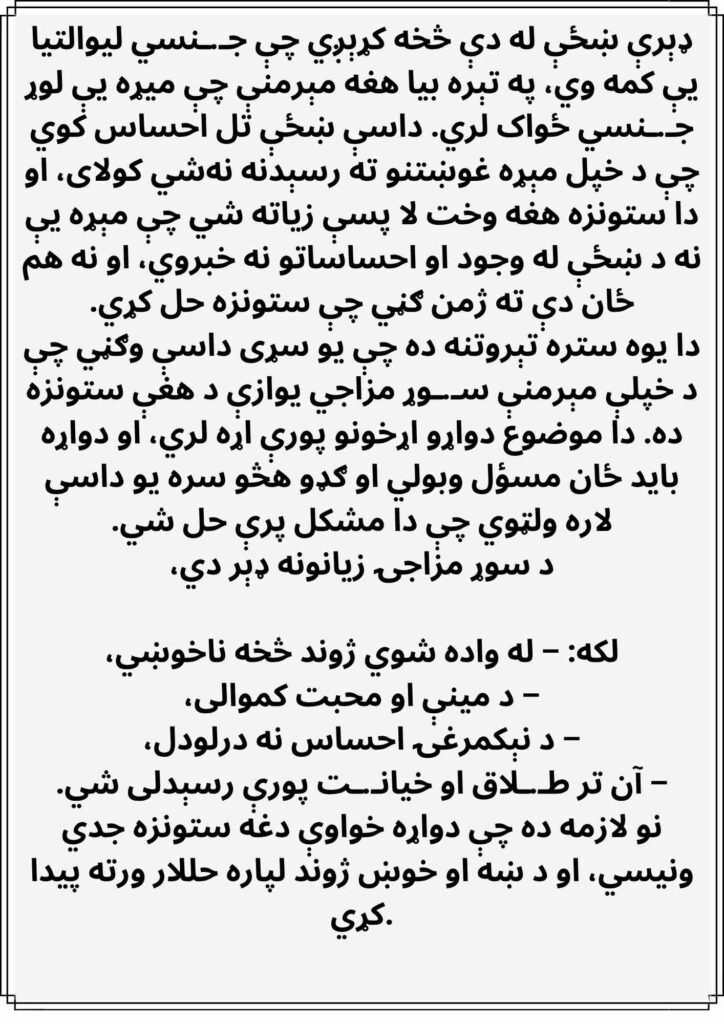A to-do list is more than just a piece of paper with tasks scribbled on it; it’s a strategic tool for achieving your goals and maximizing productivity. But not all to-do lists are created equal. Writing an effective to-do list can mean the difference between a productive day and one spent feeling overwhelmed and unfocused.
This post will guide you through why an effective to-do list is essential, offer tips for crafting a list that works for you, and share tools to help you manage your tasks effortlessly. By the time you’re done reading, you’ll be equipped to take your productivity to a whole new level.
Benefits of Effective To-Do Lists
A well-constructed to-do list does more than just keep you organized; it’s a powerful productivity booster. Here’s how an effective to-do list benefits you.
Reduced Stress
When responsibilities pile up, it’s easy to feel anxious or overwhelmed. Writing down everything you need to do can help clear your mind, giving you a sense of order and control. Instead of holding tasks in your head and worrying about forgetting them, you’ll have a reliable roadmap. Think of your to-do list as your mental decluttering tool.
Increased Productivity
A to-do list helps you take targeted and purposeful actions. Instead of going through your day aimlessly, you’ll follow a structured plan. This ensures you’re dedicating your time and energy to impactful tasks rather than unproductive activities. A University of California study even found that people who write specific action items are 42% more likely to complete them.
Improved Time Management
Time is one of the most precious resources we have, and a to-do list ensures you use it wisely. By prioritizing your tasks and mapping out your day, you reduce the likelihood of procrastination or spending too much time on low-priority activities. A focused to-do list helps make every hour count.
Step-by-Step Guide to Writing a To-Do List
Now that you know how beneficial to-do lists can be, here’s a simple step-by-step guide to creating one that works.
Prioritize Tasks
Not all tasks are equal. Start by listing everything you need to do, then rank tasks by importance and urgency. The Eisenhower Matrix can be a helpful framework here:
- Focus first on tasks that are both important and urgent.
- Delegate or schedule less urgent but important tasks.
- Minimize or eliminate tasks with low importance.
Set Realistic Deadlines
A to-do list is only useful if it keeps you motivated instead of discouraged. Assign achievable deadlines to your tasks based on their complexity and realistic timelines. Overloading your list with too much in one day will only lead to burnout, so be kind to yourself.
For example, rather than aiming to write a 20-page business plan in an afternoon, break it into sections and set a multi-day schedule.
Use Action Verbs
Your to-do list should inspire action. Instead of writing vague tasks like “report” or “meeting,” use clear, actionable language such as “draft report outline” or “finalize meeting agenda.” These types of tasks are easier to start because they are less ambiguous and more specific.
Break Down Large Tasks
Big tasks can seem daunting, which can lead to procrastination. Break them into smaller, manageable steps. For instance, instead of listing “plan event,” try dividing it into actionable items like “create guest list,” “set budget,” and “book venue.” Completing small tasks builds momentum and keeps you moving forward.
Keep It Simple
Your to-do list doesn’t need to be overly complicated. Stick to one or two lists (such as work and personal) and keep your descriptions concise. Too much detail or maintaining multiple lists can reduce clarity and make things harder to manage.
Tools and Apps for Managing To-Do Lists
To-do lists don’t have to live solely on paper. Technology provides a wide range of tools and apps to help you manage your tasks effectively. Here are a few powerful options.
Todoist
Todoist is one of the most popular to-do list apps thanks to its simplicity and efficiency. Ideal for both personal and professional tasks, Todoist organizes your work into categories and allows you to collaborate with others. Bonus points for its seamless integration with Google Calendar and Gmail.
Trello
If you’re a visual thinker, Trello is an excellent option. This app uses an intuitive board system that allows you to organize tasks into lists and move them through stages (e.g., “To-Do,” “In Progress,” “Completed”). Perfect for project management or multi-step processes.
Microsoft To Do
Free and user-friendly, Microsoft To Do syncs across all devices and provides features like task prioritization, reminders, and daily insights. It pairs well with users who are already engaged with the Microsoft Office ecosystem.
Notion
Notion goes beyond a simple task management tool. While it allows you to create dynamic to-do lists, it also serves as a hub for project outlines, notes, and even team collaboration. Its level of customization makes it ideal for those who need a flexible, all-in-one solution.
Paper Planners with Digital Flair
Sometimes, there’s nothing better than writing a list on paper. Brands like Moleskine and Rocketbook have integrated paper-based planning with digital tools by offering smart planners that capture your handwriting and sync it to apps.
Take Control of Your Day with an Effective To-Do List
Mastering the art of creating a powerful to-do list can transform the way you work, helping you accomplish more with less stress. The impacts go far beyond ticking off tasks; it’s about clarifying your goals, managing your time, and staying focused on things that truly matter.
Start small—write your list for today, prioritize your tasks, and tackle them one at a time. Once you get the hang of it, you can experiment with techniques and tools to refine your approach.
If you’re ready to take your productivity to the next level, consider pairing your new to-do list habit with a tool like Todoist or Trello. With a little structure and the right mindset, you’ll be amazed how much you can achieve.
